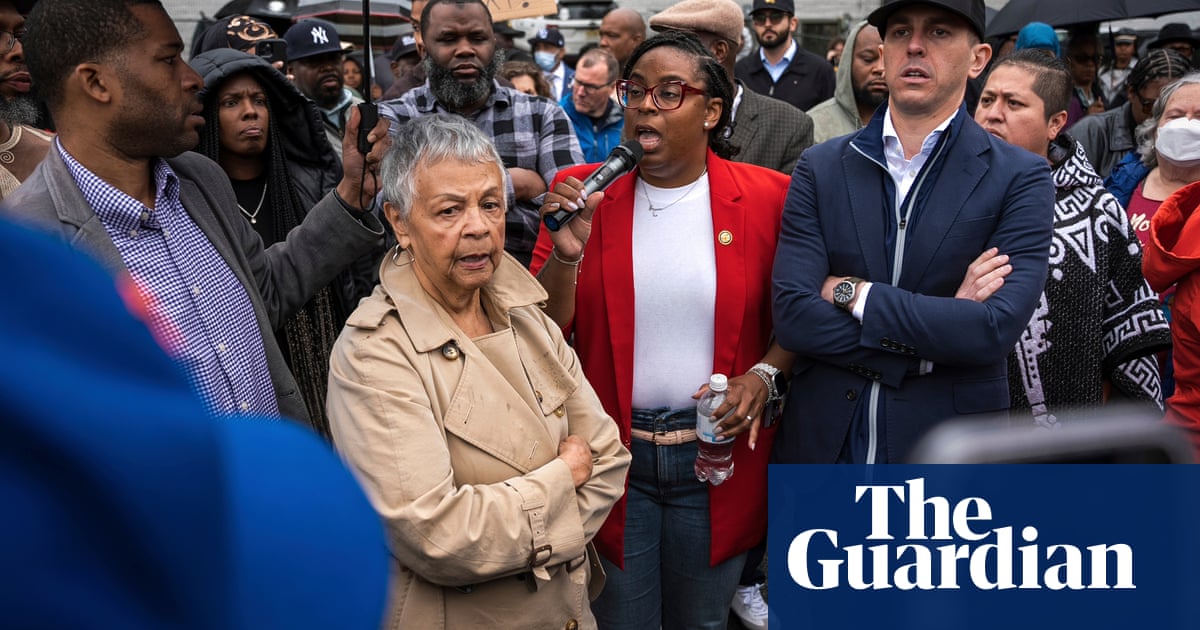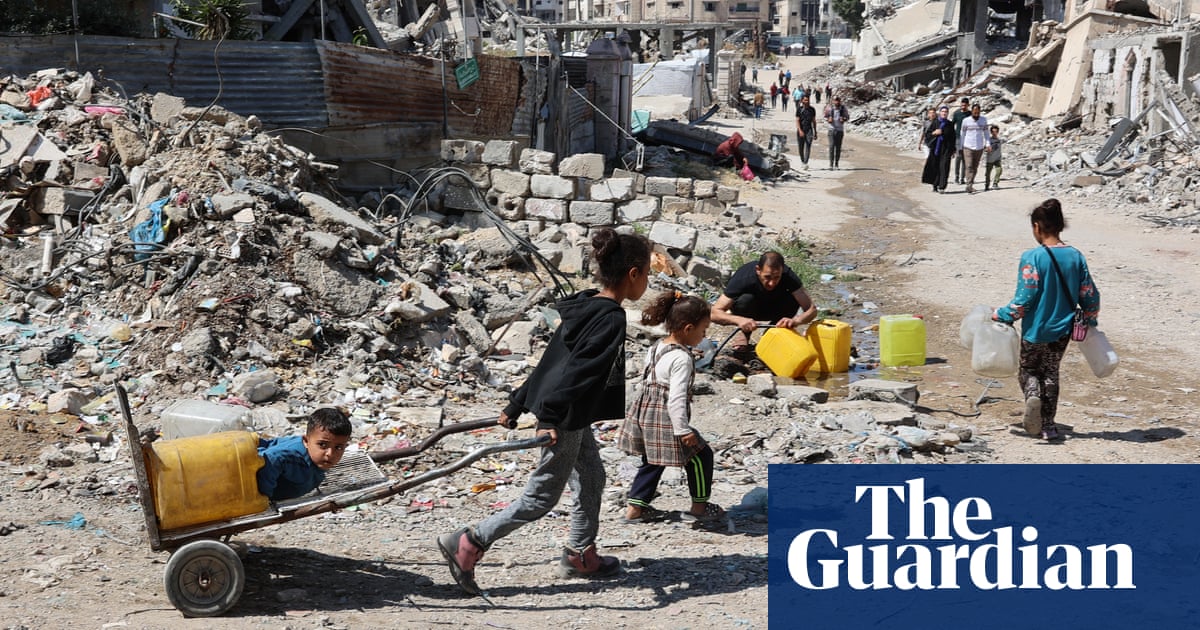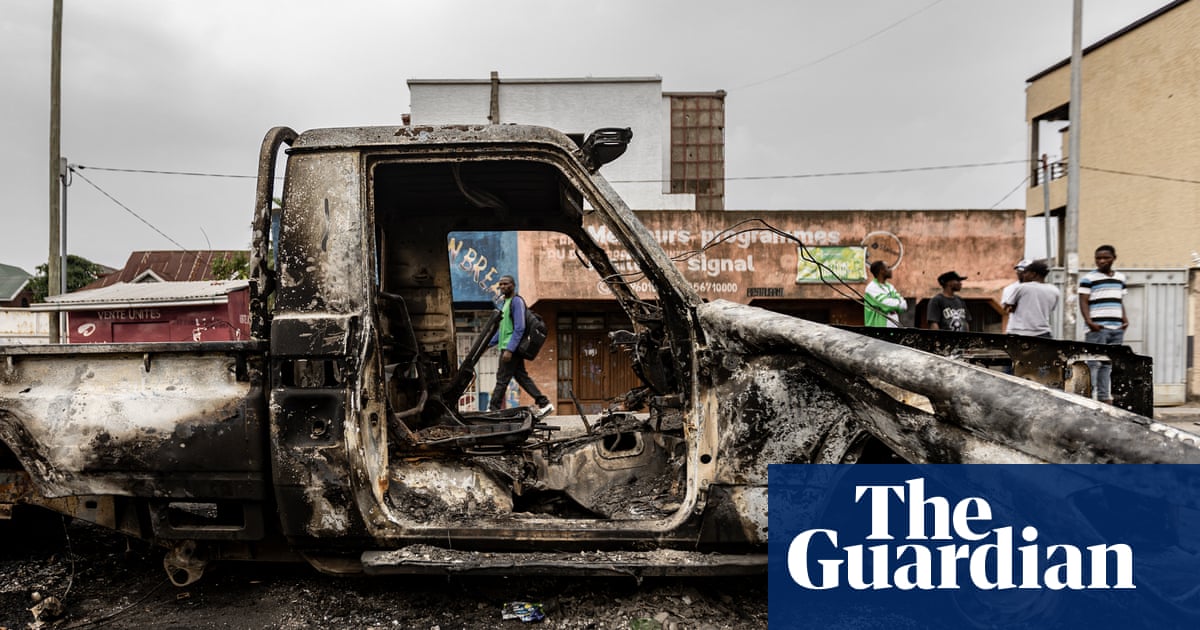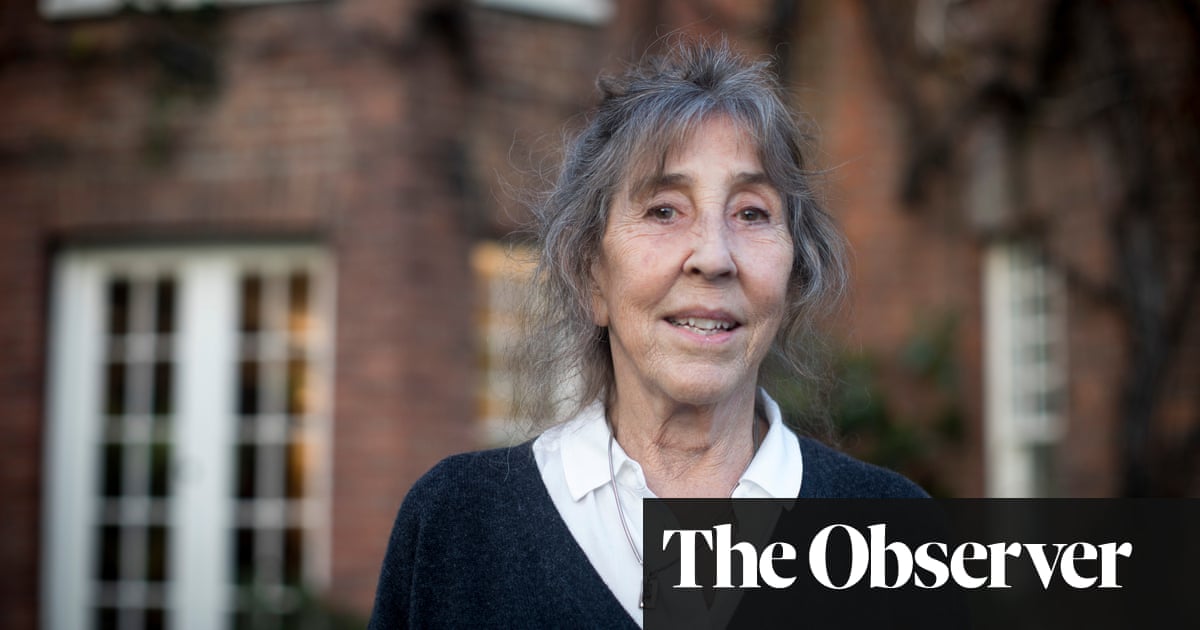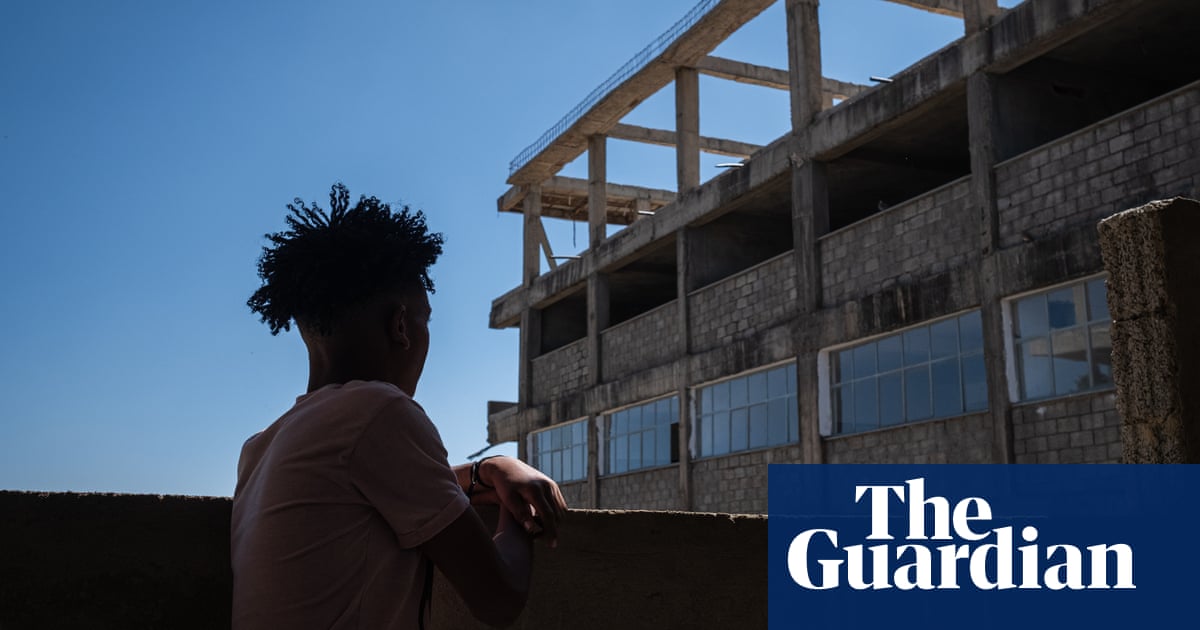A distinguished panel of paediatric specialists and neonatologists was convened by Dr Shoo Lee, professor emeritus at the University of Toronto, to review the medical evidence used to convict Lucy Letby. She is serving 15 life sentences for murdering seven babies and attempting to murder seven others.
The panel members, who rank among the most senior experts in the world, include Neena Modi, a professor of neonatal medicine at Imperial College London; Mikael Norman, a senior physician at the Karolinska Institute and founder of the International Society of Evidence-based Neonatology; and Ann Stark, professor in residence of paediatrics at Harvard medical school.
Case notes for each baby were examined by two experts independently, who then passed their reports to the chair. If their opinions differed, a third member of the panel reviewed the case and a consensus view was reached. The panel worked under the agreement that their findings would be released whether they favoured Letby or not.
Baby one
The baby boy was alleged to have died after air was injected through a catheter into a vein, causing an air embolism – an air bubble that blocks a blood vessel – which in turn led to collapse, discoloration of the skin and death.
The expert panel found no evidence of air embolism and attributed the baby’s death to thrombosis.
Baby four
The baby girl was alleged to have died from the same cause as baby one, namely an injection of air into an intravenous line, leading to an air embolism that resulted in collapse, patchy discoloration of the skin and death.
The panel concluded that baby four had died from systemic sepsis, pneumonia and disseminated intravascular coagulation, where blood clots form throughout the circulatory system. The mother should have received antibiotics in pregnancy, the panel said. When the child was born there was a delay in recognising that she was in respiratory distress and in starting antibiotics and further treatment. There was no evidence of air embolism.
Baby six
The court heard that baby six had died after being given synthetic insulin through an infusion bag.
The experts found that the boy had prolonged hypoglycaemia, or low blood sugar, because of sepsis, premature birth and borderline poor growth in the womb. He received poor medical care for hypoglycaemia.
Baby seven
The baby girl was alleged to have died after being deliberately overfed and having air injected into her stomach through a nasogastric tube, causing vomiting and clinical deterioration.
On reviewing her medical notes, the panel concluded that her vomiting was due to an infection, possibly enterovirus. They found no evidence to suggest air was injected into the stomach or that the child was overfed.
Baby nine
The court was told that the baby girl had died after having air injected into her stomach via a nasogastric tube, leading to recurrent swelling of the abdomen, diaphragmatic “splinting”, which impairs movement of the diaphragm in breathing, and respiratory arrest. It was alleged that an apnoea alarm, which can detect when babies stop breathing, was deliberately turned off, meaning the response to the baby’s collapse was delayed. It was later alleged that air was injected into intravenous tubing, causing air embolism and death.
The panel found that baby nine had died from respiratory complications caused by respiratory distress syndrome and chronic lung disease, complicated by infection with Stenotrophomonas maltophilia, a multidrug-resistant bacterium. Doctors caring for her failed to respond to surveillance warnings about the infection, did not recognise the diagnosis, and did not treat her with appropriate antibiotics. The experts found no evidence of air embolism or of air causing diaphragmatic splinting. Further evidence suggested the apnoea alarm may not have been switched off. “This was likely a preventable death,” the report notes.
Baby 11
The court heard that the baby girl had first deteriorated after an endotracheal tube, a flexible plastic tube inserted into the windpipe, was deliberately dislodged. The consultant alleged that the alarms on the baby’s incubator were deliberately turned off to prevent a prompt rescue because he did not hear the alarms when he entered the room.
The panel found no evidence that the endotracheal tube had been dislodged. The reason the girl’s condition deteriorated was that the tube used was too small. The initial placing of the tube was “traumatic and poorly supervised” the report claims. It adds that the consultant did not understand the basics of resuscitation, air leaks, mechanical ventilation, and how equipment commonly used on the unit worked. There was also evidence that the incubator alarms were not turned off.
Baby 15
The court initially heard that the boy, a triplet, had suffered blunt trauma to the abdomen, causing purpling of the skin and bleeding on the liver. Air was allegedly injected into the nasogastric tube causing the intestines to swell. Later, the accusation was changed to deliberate injection of air into the boy’s bloodstream.
The expert panel said the boy had died from a subcapsular liver haematoma, or bleeding beneath the outer layer of the liver, caused by traumatic delivery. This resulted in haemorrhage into the surrounding abdomen and profound shock. This was not recognised before the child died.
In summarising their findings, the panel flagged more than a dozen problems that were likely to have contributed to the babies’ deaths. These ranged from failures in diagnosing disease, poor skills in basic medical procedures such as inserting chest tubes, poor management of common neonatal conditions like low blood sugar and a disregard for warnings about infections.
“There was no medical evidence to support malfeasance causing death or injury in any of the 17 cases in the trial,” the report concludes. “Death or injury of affected infants were due to natural causes or errors in medical care.”

 3 months ago
46
3 months ago
46


